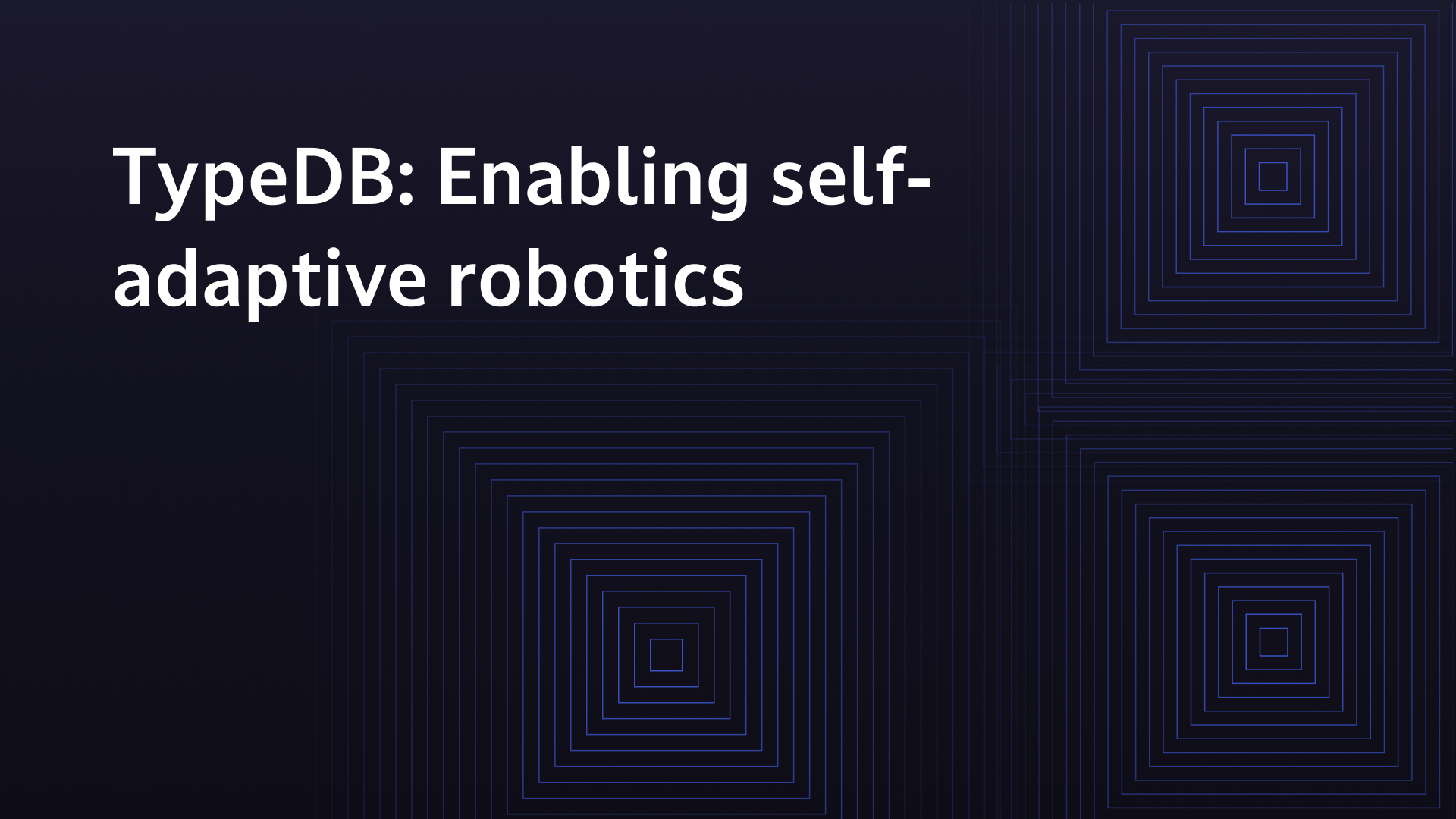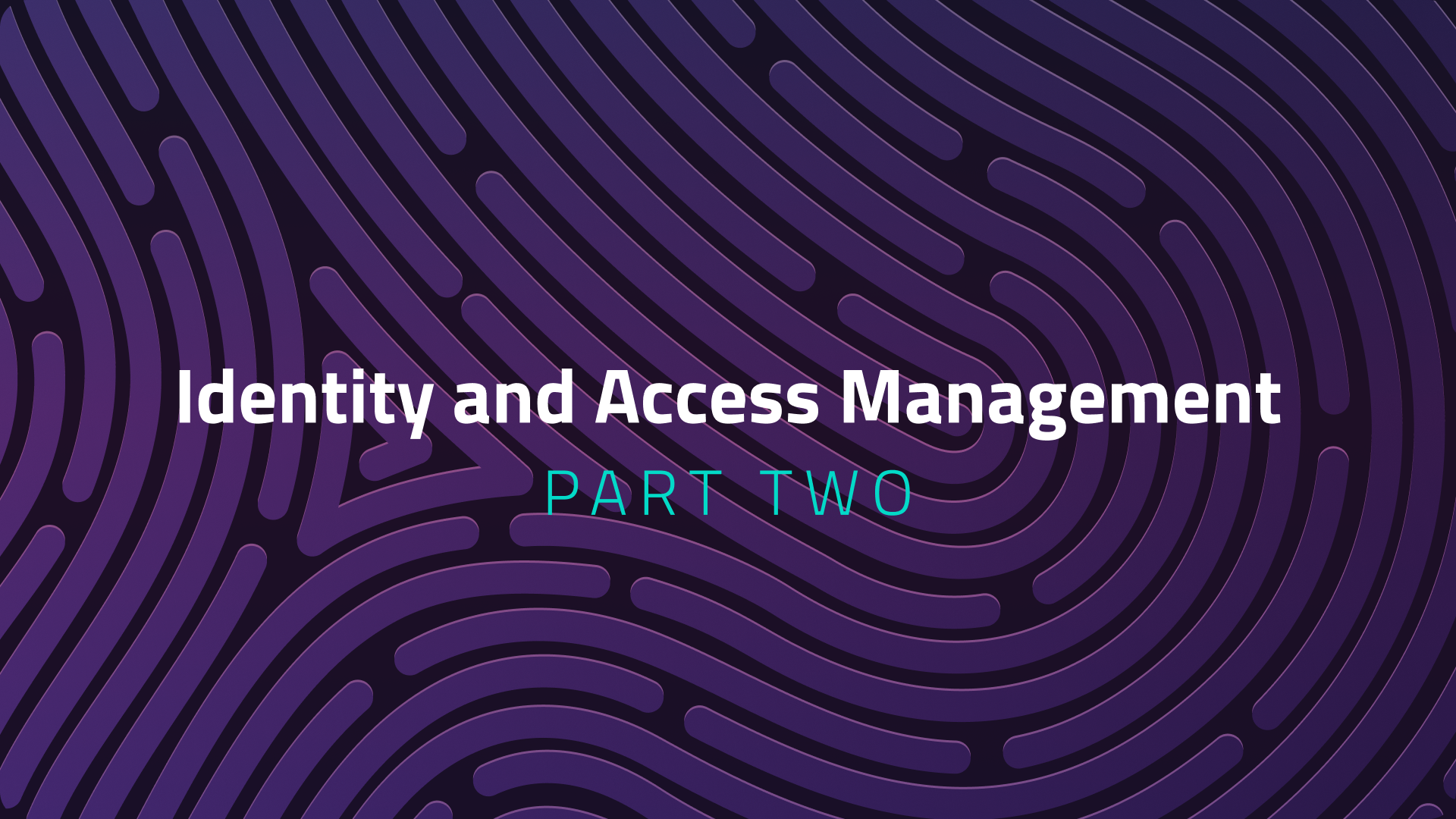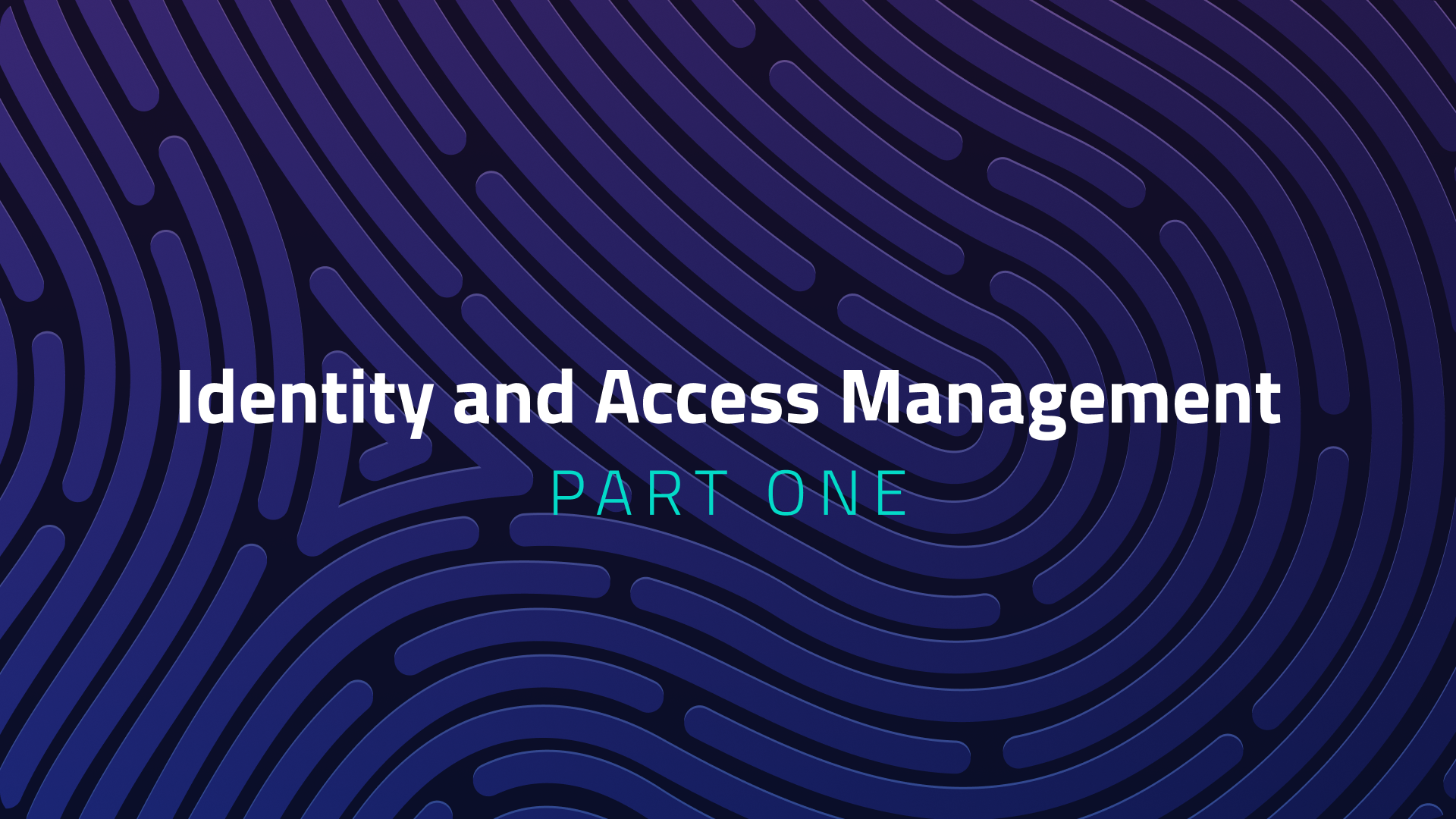Accelerating drug discovery with applied knowledge engineering and TypeDB
In this blog post, we’ll look at how TypeDB can be used to model complex biological relationships and accelerate the drug discovery processs as part of the open-source TypeDB Bio project.










